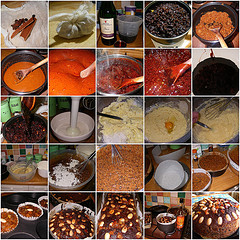Most espresso machines on the market offer a great number of features and deliver delicious tasting espresso. They also have one problem…most espresso machines operate manually. Enter the automatic espresso machine. Automatic espresso machines will grind the coffee beans, put the grounds in the hopper, then fill the reservoir with water, heat the water and then force the heated water through the grounds to produce a perfect cup of espresso every time. Some high-end machines will even dump the used grounds from the hopper when finished so that the machine is ready for the next brewing cycle. [Read more…]
Coffee Pods

Image by &y via Flickr
A great day begins with a cup of freshly roasted coffee. And that you get from an excellent coffee pod. Pods or coffee pods or espresso pods are a simple way to get a perfect espresso and with excellent results. But for the beginners let’s answer a simple question first i.e. what are coffee pods? Coffee pods are freshly roasted coffee, ground perfect, tampered to the correct pressure and then encapsulated in a paper. It is the beginning of a rich experience of the way you drink coffee.
The original pod was first designed by Illy caffe around 10 years ago. It wa the year 1996 when Illy opened its idea to the coffee industry to bring a standard pod size to the market. Many coffee machine makers now offer adaptors with their machines to accept pods. By using pods in your machine not only can you guarantee perfect results, there is no mess and pods help to look after your machine. In fact used pods can even be used as fertilizer for your garden as well. That is why a rich coffee taste is always benefiting. [Read more…]




